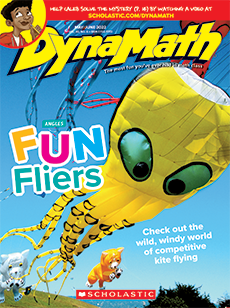Every day, fifth-grader Kenuel Latham learns math, science, and reading. But during music class, Kenuel does something unusual. He and his class sing in a language most people don’t know. It’s called Yup’ik, and it’s an indigenous language of Alaska. That means it originates from that particular place. It’s also one of 20 Native Alaskan languages in danger of being lost.
Languages like Mandarin and English are widely spoken around the world. But indigenous languages are spoken by smaller communities in a specific region. Some languages have only a handful of living speakers.
Every day, fifth-grader Kenuel Latham learns math, science, and reading. But during music class, Kenuel does something unusual. He and his class sing in a language most people don’t know. It’s called Yup’ik. That’s a language from Alaska. It’s one of 20 Native Alaskan languages in danger of being lost.
Languages like Mandarin and English are widely spoken around the world. But languages like Yup’ik are spoken by smaller communities in a specific region. Some languages have only a handful of living speakers.
